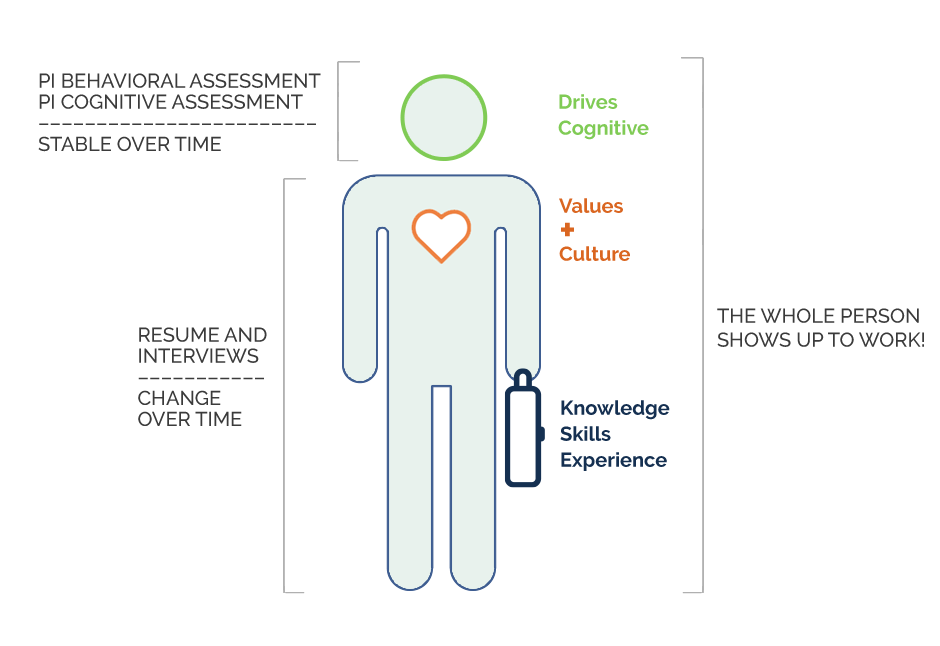How will a candidate perform in the position? How do you uncover problem-solving skills, reactions to unpredictable circumstances, and numerous other key behavioral drivers that could make the candidate successful or unsuccessful in the role? How can you ensure consistency across the interviewing process?
We construct and design an interview process for our clients that make it efficient and effective for all involved. We create a model to help our client’s diverse interview teams easily navigate and then measure the interviews to objectively review each candidate and make a selection. We also provide the option to combine the process with data from the Predictive Index, which layers on further knowledge to improve the interviewing process.

With specific behavioral questions, we provide a structure for the interviewers who may have different communication styles. That way, the interview panel is operating on consistent information to compare each potential hire and easily come to a consensus on the top candidate.
We provide a contemporary model that takes away the traditional subjectivity of the candidate interviewing process and transforms it with proven methods that bring objectivity to the experience. The outcome provides a constant to the process, that helps teams align on the right candidate for the role – saving everyone time and money.


